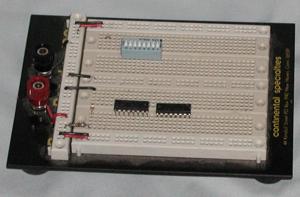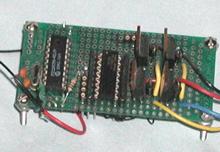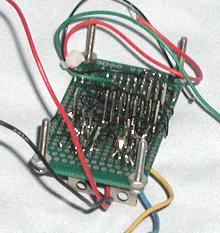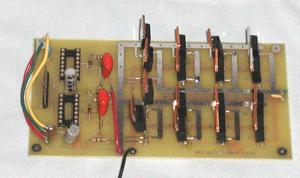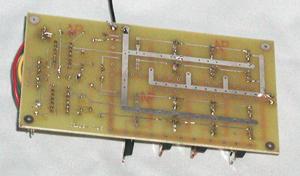Of course the pro's start out
with a printed circuit. While possible to make at home with chemicals and
pre-treated copper clad circuit boards, a number of services have sprung
up on the internet that will take your PCB artwork and make boards and
then ship them out the next day.
Fairly
pricey at $60 - $100 for two boards, it does produce a professional result
that maximizes the use of the circuit area.
Manually
building circuit boards with etchant is a time consuming process but
certainly doable. We have several members in the club who have done more
than one board "by hand" with varying degrees of success. It is
definitely cheaper if you do them your self, but surprisingly not much
cheaper. Restrictions on disposal of the chemicals can also make doing
PCBs at home not viable.
